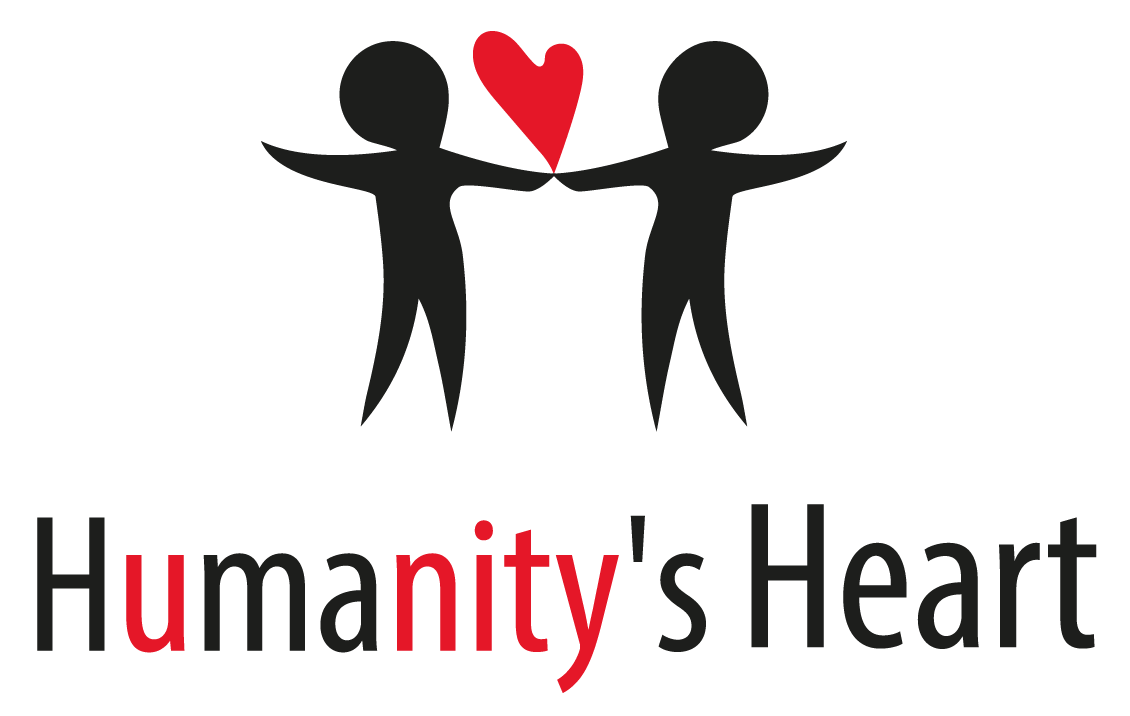Written by Tazeen Dhunna Ahmad
In a world where neuroscientists warn that over-dependence on devices like smart phones and tablets may have negative impacts on our behaviour, we’ve seen how technology and especially mobile phones have had a crucial role to play in the world of refugees.
Smartphones saving and connecting
Smartphones have changed the way people flee.
Maps highlighting border crossings, weather reports, social connectivity through Facebook and WhatsApp have supported many trying to get to safety. Documentaries such as BBC 2’s Exodus showcased just how vital these devices were in saving lives.
A refugee helper and a refugee overcome language barriers by using their mobile phones. G. Kraftschik under a Creative Commons Licence
Whilst technology hazards such as security (particularly for hackers and traffickers) are still key concerns for the vulnerable refugee community, it’s apparent that that for many, the smartphone continues to be a tool for survival and connection.
“Without my smartphone I wouldn’t have made it to Germany.”
Small technology initiatives, accessed via Facebook groups, are vital for many refugees. For example, when he arrived in Belgium, Aziz Zazatir "... had $134 in my pocket… I bought shoes, some food and a jacket because it was cold. I had enough money for phone credit for four or five months, but then I ran out and couldn’t top-up my phone for the next five months."
A former assistant for a member of the Afghan parliament, Aziz has been away from home for a year and has lived in a Belgium refugee camp for 10 months. After requesting credit on Phone credit for refugees and displaced people's Facebook wall, Aziz was finally able to contact his family who live in Kabul, Afghanistan’s capital.
Bassem and Aziz illustrate how mobile usage amongst the refugee community is high. For example in Zaatari, Jordan, the second largest refugee camp in the world, 86% of the youth in the camp own a mobile handset with more than 50% using the internet daily.
…Empowering
From saving lives to connecting people, smartphones are now also being used to improve conditions for the 21.3million and growing refugees globally.
Here in the UK, Techfugees is mobilising tech worldwide for refugees. Recently they went to the Jungle in Calais and Grande Synthe on October 21 & 22 (prior to demolition on October 24th) to assess how technology can assist refugees in the near and long term future, especially for women and children.
Brainchild of TechCrunch’s Mike Butcher, Techfugee is a social enterprise curating the international tech community’s response to the needs of the refugees. Through conferences, workshops, hackathons and meet-ups Techfugees educates the tech sector to the real problems of refugees, coordinates the prototyping of tech solutions with refugees and NGOs and encourages deployment of low-cost tech on the field. Techfugees has also created a platform www.basefugees.com that is still in beta where innovators can pitch their solutions to NGOs, and NGOs can request tech help. It exists to suppress duplication of efforts and tech solutions.
Another global initiative working to unlock technological capabilities across sectors such as education, healthcare and energy for social change is the MIT Enterprise Forum Pan Arab Innovate for Refugees (IFR) competition.
At its awards ceremony on October 4, IFR picked 21 finalists from 1600 world-wide applications.
What the initiative beautifully illustrates is how it’s possible for refugees and host communities (including entrepreneurs, philanthropists and social innovators) to come together to find solutions to help solve the crisis impacting all.
Corporations such as Zain Group, MBC Hope, Unicef, Uber, Samih Darwazah and Jusoor awarded $150k to refugee aid ideas.
15% of total applicants were refugees and two of them were amongst the winners.
One of these was Lebanon-based Recycle Beirut, a social enterprise which employs refugees at a living wage to pick up, sort and process recyclables in the greater Beirut area. You can read our blog about Recycle Beirut here.
Photograph: Daily Star, Lebanon
Another top winning idea was USA-based Change:WATER Labs aimed to improve the sanitary facilities in refugee camps through the use of revolutionary evaporative toilets. You can read our blog about them here.
Toilets donated by Unicef and World Vision stand near tents at a Syrian refugee settlement camp in Qab Elias in the Bekaa Valley, near Baalbek, Lebanon October 17, 2015. REUTERS/Jamal Saidi
Winners of IFR were selected on ideas of innovation, impact, scalability, team membership and financial sustainability. As well as cash prizes, winners receive mentorship, training and support by industry experts.
Other technology examples supporting refugees are Dan Levin’s Refugee Open Ware and Jordanian-based, Loay Malhameh 3D Menna.
Photograph: syrianrelief.org.uk
Working with Syria Relief and The National Syrian Project for Prosthetic Limbs (NSPPL), Levin and Malhameh use revolutionary 3D printing to create prosthetics that are custom fitted, specialised for occupation, and cost less.
Levin and Malahmeh have also developed a prototype for a cheap echolocation device that allows the visually impaired to navigate their homes. Levin says this about their intention :
“The whole idea with the democratization of production, which is the main characteristic of the next industrial revolution, is that anyone can get access to these advanced manufacturing tools.”
Levin and Malahmeh head up a non-profit network of technologists, aid workers, and entrepreneurs that are trying to hack some of the challenges Syrians, inside and outside of conflict zones, encounter every day, from connecting to the internet to fighting barrel bombs.
“Much of what we’re doing is trying to disrupt the whole nature of humanitarian relief, of civil defense, perhaps of warfare itself.”
Looking across the volunteers and initiatives positively engaging technology in this crisis brings to heart the words of the son of a Syrian Refugee, Steve Jobs.










